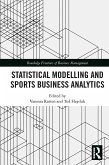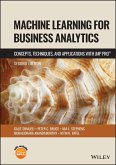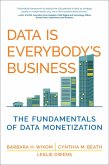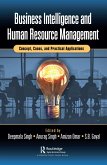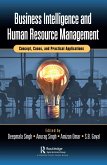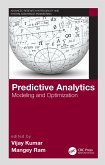The fields of mathematical statistics, statistical graphics, computer science and operations research have created the rich set of methods now called Analytics. Often analytics is characterized along three poles: descriptive analytics (what do data tell us), predictive analytics (what can be forecast based on the data, and with what certainty), and prescriptive analytics (how can the data inform changes to improve system performance). This book focuses on the second pole, predictive analytics. The areas of predicting a number, a class, and dynamic behavior are distinct, with different methods. This text has three parts based on these areas. Topics in predicting a number include simple and multiple linear regression, transformation of variables, analysis of observational data via cross-validation, the generalized linear model, designed experiments, and Gaussian process and neural network regression. Classification methods include neural networks, logistic regression, k-nearest neighbor, and linear discriminant analysis. Methods for predicting dynamic behavior include trend analysis, time series analysis and discrete-event dynamic simulation. Characterizing prediction uncertainty is a key focus of this text. The text provides analytic methods appropriate to each area, with an explicit process for applying such methods. Case data with corresponding R code are used to illustrate each method. Predictive Analytics for Business using R is designed for a hybrid class structure. Class sessions can be a blend of lecture format and flipped classroom case analyses. In a two-meetings-per-week fifteen-week structure, one day per week would be devoted to explaining methodology and presenting a case study, with the second day focused on coaching. Given the case structure, the text does not contain homework problems. Instead, at the end of each chapter there are links to cases posted online.
Hinweis: Dieser Artikel kann nur an eine deutsche Lieferadresse ausgeliefert werden.
Hinweis: Dieser Artikel kann nur an eine deutsche Lieferadresse ausgeliefert werden.


